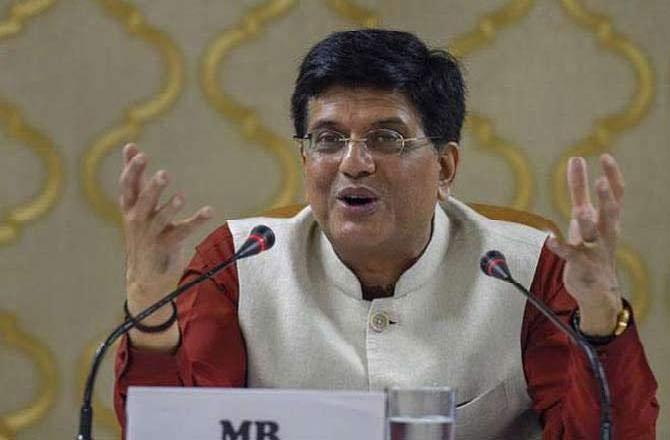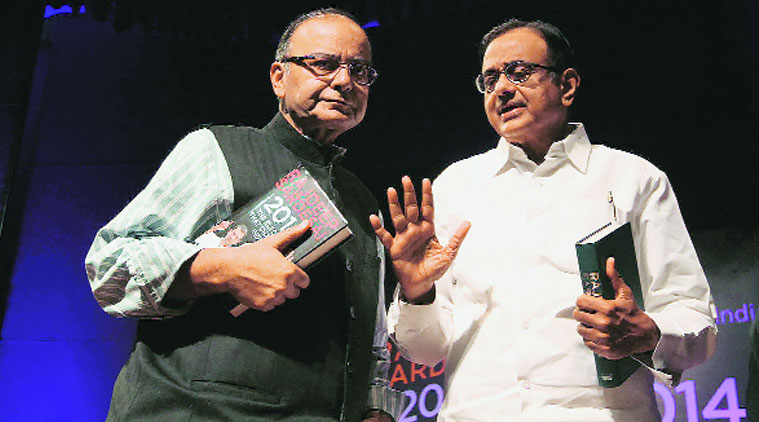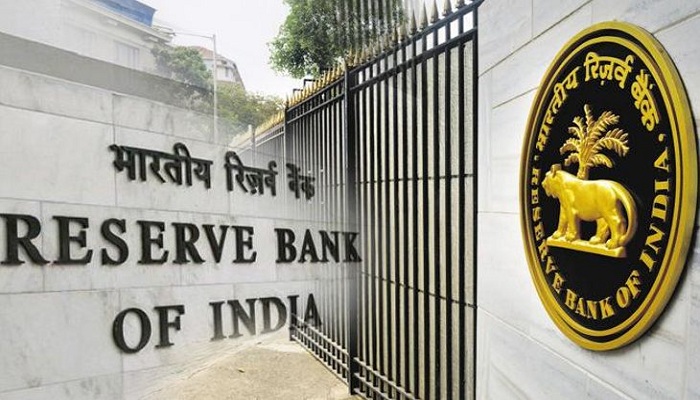Although the convention is that a government facing re-election does not make any major taxation or spending proposals that would tie the hand of the next government, which would present the full Budget subsequently, Goyal’s speech laid out a series of appeals and promises to different sections of the electorate.
While doing so, Goyal allowed the government’s commitment to fiscal consolidation to slip further.
For the second successive year, the fiscal deficit target will be missed the minister said that the 2018-19 fiscal deficit would be 3.4 per cent of gross domestic product (GDP), where the target was 3.3 per cent.
In addition, the next year’s fiscal deficit is predicted to also be 3.4 per cent of GDP. Goyal reiterated the government’s commitment to bringing the deficit down to 3 per cent of GDP, and said it would be achieved in 2020-2021.
However, the bond markets reacted with moderate scepticism to the Budget numbers.
Although the Centre’s share of goods and services tax (GST) receipts is expected to be about Rs 1 trillion below Budget Estimates in 2018-2019, this share is projected to grow at over 20 per cent in 2019-20.
Further, the net borrowing requirement was increased in the Revised Estimates of 2018-19 to Rs 4.47 trillion from Rs 4.07 trillion in the Budget Estimates, and as a result bond yields inched up.
Compromises on the deficit allowed the government to fund its election-related sops.
The first big giveaway was to farmers. Barely days after the opposition Congress party promised a minimum income guarantee, Goyal announced that farmers who owned less than two hectares of land about 120 million households would receive income support worth Rs 6,000 a year.
This money would come entirely out of the Union government’s kitty, and be transferred in three instalments.
Crucially, the scheme was introduced with retrospective effect, so that Rs 20,000 crore was budgeted for the income transfer in the ongoing fiscal year.
In 2019-20, the new income transfer is budgeted to cost Rs 75,000 crore. It is not known how the beneficiaries will be selected, and whether tenant farmers will be eligible. Nor will landless agricultural labourers receive direct transfers under this scheme.
However, workers in the unorganised sector will now be eligible for a reworked pension scheme, which Goyal said would yield an income of Rs 3,000 a month on maturity.
An 18-year-old could start paying in as little as Rs 55 a month; the Union government would match that contribution. Although the immediate budgetary impact is small, the implications for the path of current spending are less sanguine.
The big focus, however, was on wooing back the salaried middle class. Goyal broke with precedent to announce a tax cut:
a rebate for taxpayers with a taxable income of less than Rs 5 lakh who would now, in effect, pay no income tax.
Exemption limits were also raised marginally. This Rs 23,000-crore stimulus, together with the farm giveaway, buoyed consumer-facing stocks such as fast moving consumer goods and automotive companies.
The Sensex initially responded positively to the Budget speech but eventually ended only 212.7 points higher.
Goyal, in order to finance the new entitlements and the income tax cut, had to not just drastically alter the fiscal glide path but also had to squeeze some other outlays.
Highways, in particular, were given budgetary support of Rs 83,016 crore for 2019-20 less than 6 per cent more than the Revised Estimates for 2018-19. Defence was also squeezed in real terms.
While Rs 3.05 lakh crore was allocated for spending in 2019-20, in terms of today’s dollars — relevant for arms purchases — this is lower than the allocation for 2018-19 of Rs 2.85 trillion was worth in dollars on February 1, 2018.
Another question surrounded the estimates for receipts from disinvestment. The Union Budget for 2018-19 had set out a disinvestment target of Rs 80,000 crore; while barely half of this has been achieved so far,
Goyal said the government was confident of hitting the target. In spite of the difficult of making the current year’s target, the Budget Estimates for 2019-20 lay out a Rs 90,000 crore target for disinvestment receipts.
Transfers from the Reserve Bank of India, which has been a bone of contention between the government and Mint Road, have been sharply increased, by over a third, in the Revised Estimates for 2018-19 from Rs 55,000 crore to Rs 74,000 crore. This high level is planned to be maintained in 2019-20, with Rs 83,000 crore budgeted as dividend from the RBI.
One sector which received considerable attention in the interim Budget was the real estate sector. Those with second homes received two tax incentives notional rent on the second house was no longer taxable, and a second home could be purchased while saving on capital gains tax.
Troubled real estate companies were handed lifelines, in particular on unsold inventory no tax on notional rent for two years after completion and they were given a year’s extension if they wished to access benefits associated with starting a new low-cost housing project.
The government also announced an institution devoted to cows, called the Rashtriya Kamdhenu Aayog, and increased the allocation for cow welfare to Rs 750 crore. More generally, a fisheries department was set up and farmers engaging in animal husbandry would also be able to access interest subventions schemes.
Goyal also laid out a “vision for the next decade” in the speech which promised that India would become a $5-trillion economy in the next five years and a $10-trillion economy in the eight years thereafter.









